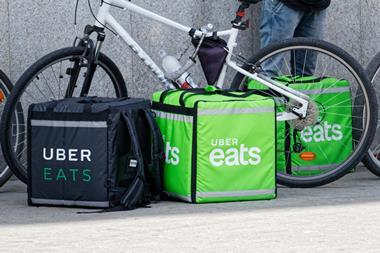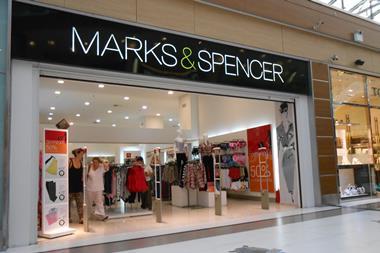The reality is that most retailers don’t know the true cost of their delivery model, but building a cost-efficient supply chain is simpler than you think.
The past few years have seen a rapid evolution in customer shopping habits, as we know. This has, in turn, driven the digital transformation of retailers – regardless of their shape, size or sector.
“Consumers want to find it, order it, pay for it, track it, receive it, review it and return it – as quickly, conveniently and cheaply as possible”
Put simply, consumers want to find it, order it, pay for it, track it, receive it, review it and return it – wherever they are, whenever they like – as quickly, conveniently and as cheaply as possible.
Delivering on this is a tall order for retailers. It raises questions over whether the current supply chain model is financially sustainable over the long term.
In particular, failed deliveries come at an eye-watering cost to the industry. The Valuing Home Delivery Review 2018 by IMRG reports that failed deliveries cost retailers, delivery partners and customers £1.6bn per year.
Drilling down further, a failed first delivery costs retailers an average £4.90 each time. A pick-up from a depot has no cost, but a late delivery costs £21.64 and a lost delivery up to £123.61.
And this, of course, is on top of the costs to the carrier, and more importantly the consumer themselves.
Typically, around 60% of retailers’ in-bound customer service calls are ‘Where is my order?’ – often known as ‘WISMO’ – with each call entailing a cost.
Imagine not just the cost reduction, but what freeing up that customer service resource could mean for retailers.
Reducing WISMO calls needs to be a priority, and retailers can do this with greater clarity over the data they hold – on stock, carriers and the customer –particularly if data is harnessed in a way that allows for proactivity in delivery tracking, informing customers in advance before they’re aware there’s an issue.
“If retailers get a delivery right, they can win a customer for the long term. But get it wrong and they can lose them for good”
Retailers need to invest in the right systems to connect previously siloed data. This includes the data they hold on customers, data on their stock levels and where that stock is located, and data on which carriers are available. Better connecting all these will help them streamline deliveries.
If retailers get a delivery right, they can win a customer for the long term. But get it wrong and they can lose them for good. This isn’t a kind cycle for acquisition and retention costs.
The right investments will drive customer experience through more dynamic, personalised, trackable and reliable deliveries.
The end result? Everyone’s happy. The customer’s expectations get met, and exceeded. The retailer’s costs go down.
Reduction in the costly WISMO call is a massive boost to make the supply chain more sustainable overall.

Joe Till is the national sales manager at Sorted
For more on supply chain innovation, read Retail Re-engineered, an in-depth report by Retail Week, produced in association with Sorted and Isobar.





























